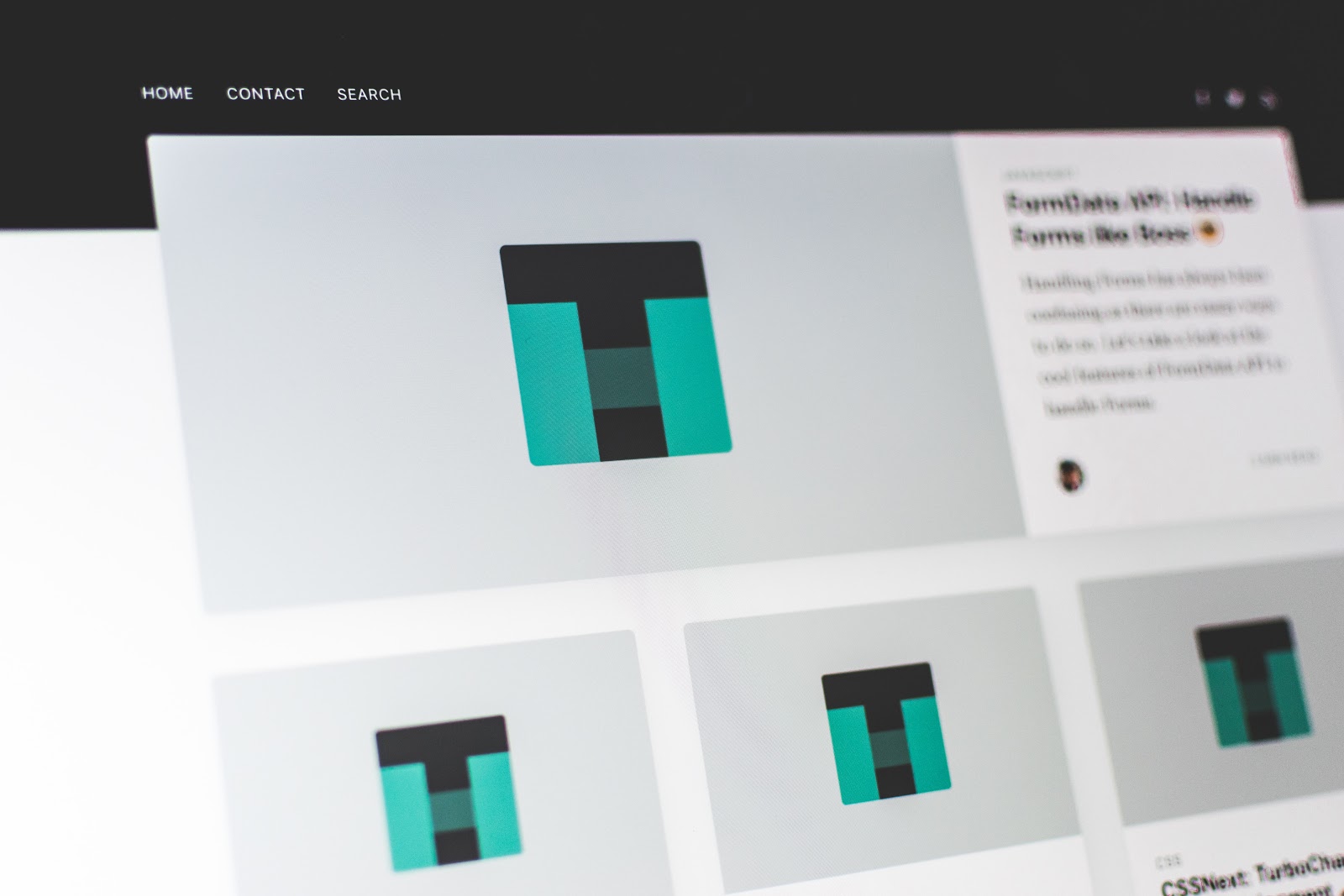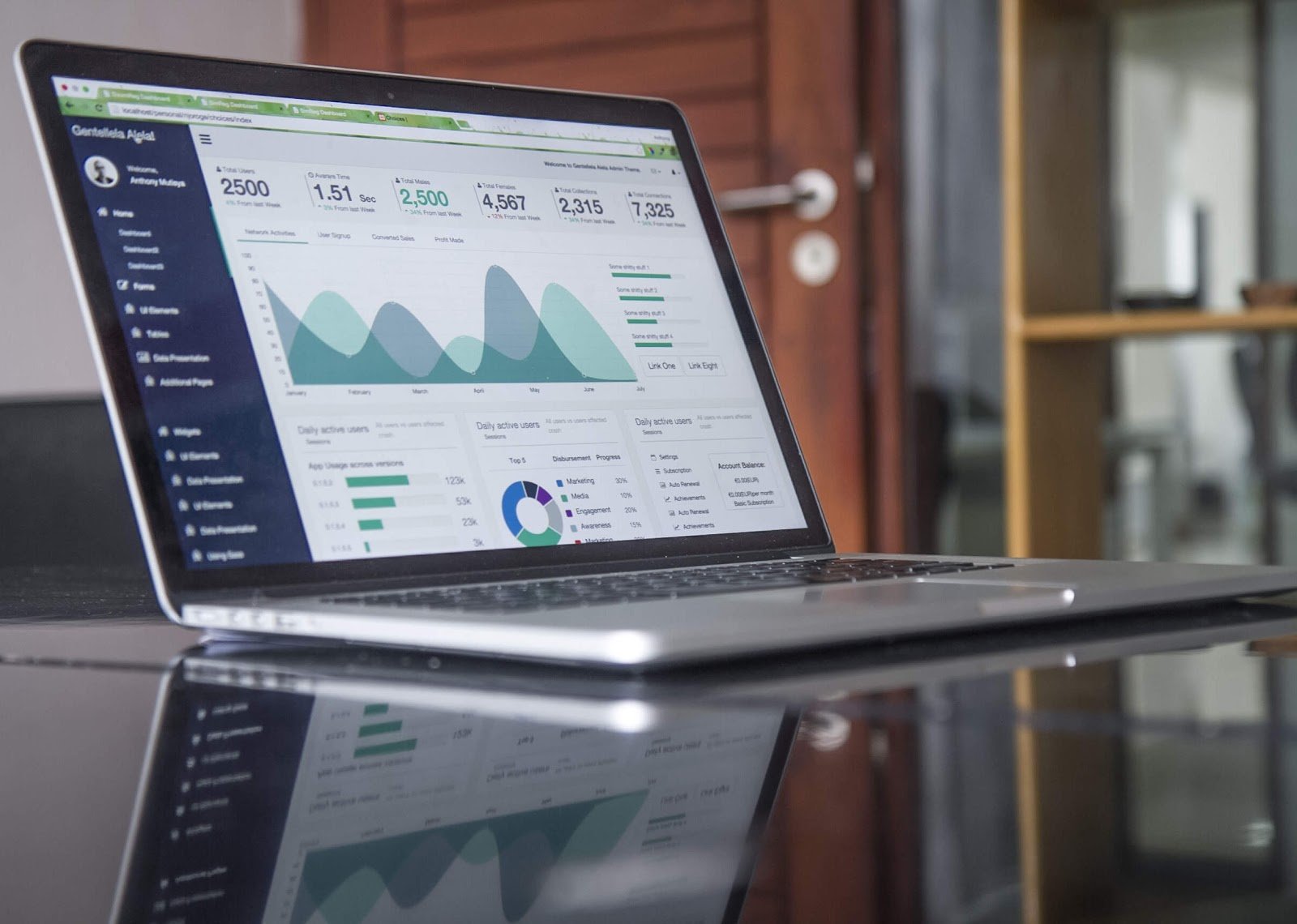
How much time do you spend on a web page before you decide if you're going to read more or not? Ten seconds? Thirty seconds? One minute?
Actually, people often take just 15 seconds when visiting your website to decide if they’re going to stay or not, which is why it's so important to grab visitor’s attention and keep it. However, if you're struggling to maintain visitors' attention, it can be frustrating to try and identify what might be going wrong.
Luckily, there are ways to give your website some love so that people will want to spend more time there. In this blog, I'll walk you through how your website's design, content, and experience can contribute to visitors' average time on page. I'll also cover the different terms and statistics you should be aware of, including bounce rate and exit rate, so that you know precisely where your focus needs to be.
How Do I Measure How Long Visitors Spend on My Site?
Before addressing how to fine-tune your website, you should be aware of certain metrics that are key to understanding what issues your site may have, including average time on page, bounce rate, exit rate. By understanding why all three are important, you'll get a clearer picture of what actions you should take to improve your site.
What is the Average Time Spent on Page?
The average time spent on a page is exactly what it sounds like. This metric is used to determine how long a visitor spends on a page of your website, and it is crucial for understanding how to increase the time people spend on your site.
Pages with the lowest amount of time spent on them, especially content or blog pages, can be causes for concern. These are places that visitors should be spending time on and consuming. If they aren't, your site or content may have issues.
Combined with bounce rate, a low average time spent on a page can be disastrous for your site.

What Is Bounce Rate?
According to HubSpot, "Your website's bounce rate is the percentage of people who land on a page on your website, then leave."
Basically, this means that visitors go to a page on your website, don't click on anything or take any action, and then leave the page.
While visitors could have visited that page, done some reading, gathered the information they needed, and then left, generally, there is a reason people leave a website without taking further action.
For example, if your website's home page has a high bounce rate, there should be a cause for concern. However, if a blog post has a high bounce rate, there may not be a reason to worry, depending on the time spent on the page.
What Is Exit Rate?
Like bounce rate, visitor exit rate measures what percentage of people leave your site from a specific page. However, that page could have been the third or tenth page they visited on your website.
Essentially, exit rate is measuring the same metric that bounce rate is (the number of visitors leaving your site from a particular page), but exit rate applies when they have visited other pages on your website as well. This means that exit rate is not as pressing of an issue as bounce rate.
How Do I Measure Bounce and Exit Rate?
There are a few different ways to measure bounce and exit rate for your site, depending on what analytics suite you use to track your website.
Use Analytic Tools & Software
HubSpot's Web Analytics Dashboard has both bounce and exit rate tracking if you use their services. You can also use Google Analytics to measure both bounce and exit rates.
These analytics tools can measure the source of traffic that visitors come from, such as organic search, email, social media, paid search, and other sources.
Identifying your website's bounce rate on certain pages can help focus your efforts when it comes to refining your visitor experience and increasing the time spent on your site. By decreasing bounce rate, you will increase the time spent on your website by visitors, as well as encouraging more interaction.
For more information on the difference between bounce rate and exit rate, consult CoversionXL's comprehensive guide.

How Do I Keep People on My Site Longer?
Now that we've established what bounce and exit rates are, let's take a look at ways to improve your website to increase the amount of time visitors spend on it.
Three key components can impact how long visitors stay on your website:
- Design
- Content
- Experience
Those are broad categories, so let's break them down into questions you can ask yourself to enhance your website.
How Can Site Design Keep Visitors Engaged?
A poorly designed website can be distracting at best and unusable at worst. If you want to keep visitors on your site, then having an engaging and high-quality design is very important. Here are some essential design aspects to consider for your website.
Page Layout
Strong design starts with a clear page layout. If your pages or blogs have wall-to-wall text and cluttered images or ads, trying to navigate content can quickly get frustrating.
To reduce user frustration, make your pages intuitive, as well as easy to navigate and understand. There are some guidelines that can help you accomplish this:
- Make use of white space in borders to reduce clutter
- Only use relevant, high-quality images
- Format content properly with short sections and headers
These are just a few tips for keeping page layouts clean and easy to navigate. For a complete guide on web page design, see JotForm's guide on the topic!
Mobile Compatibility
Now more than ever, people are browsing the web and consuming content on the go. In fact, there are now more mobile-only users than desktop-only users in the U.S., according to ComScore.
With this in mind, it's crucial to ensure that your mobile experience is just as smooth as your desktop one is. When it comes to mobile versions, make sure your site is optimized and easy to navigate. Merely presenting the desktop version of your website does not cut it anymore, so be sure to focus on this area if you have not already.
Website visitors are much more likely to stay on your website for longer if it is easy to use on any platform. Having strong mobile integration is vital for reducing bounce rate and increasing the time spent on your site.

What Content Can I Use to Keep Visitors Engaged?
Even if you have the most beautiful website of all time, it won't matter if your content is lackluster. No matter what other elements there are to a successful site, most visitors are there for good content. Here's what you should consider for enhancing your content to keep people on your website.
Focused and Relevant Content
It is important that whatever content you are creating or sharing actually does what its title says it will do. Most users click on a piece of content because the title addresses an issue or interest of theirs. If the content that follows does not address those issues or interests, they'll probably leave for another piece of content that does.
People are much more likely to spend more time on a page with content that's relevant to the topic at hand. This may seem like obvious advice, but you'd be surprised by how many times topics and content don't line up.
If you're struggling to create content for your site, see our comprehensive guide!
By creating thorough and relevant content, you'll keep visitors engaged for longer, as well as encouraging them to visit other pages on your site. That's the power of strong content.
Video Content
For many people, they want as much information in as little time as possible. This drive is what makes video such a great addition to any content piece or page on your site.
Videos are a great way to give information in short, digestible doses. Sometimes, giving visitors a 2-3 minute video that summarizes an article that would take 10 minutes to read can help build value for your site. If they watch the video and are intrigued, they might return later to read the article for more in-depth information. Videos also have visitors click and interact with your site, which will help decrease bounce rate.
Client Testimonials & Case Studies
People respond well to stories or examples from other people. Even if you're the number one expert in a given field, people will always be more comfortable if they hear something positive from someone outside your organization.
That's where testimonials and case studies come in. By giving examples and presenting value for your company, you can encourage visitors to take action on your site and spend more time exploring what you have to offer.
Internal Links
This one is a no-brainer. If you want people to spend more time on your site, always include links to other pages or pieces of content on your site when appropriate.
Using internal links to related content helps provide visitors with other pages or articles that might interest them. This will encourage users to spend more time on your website, as well as building value for your brand in their eyes.
For more on content linking and how it can build your SEO, check out our guide on topic clustering.

How Can I Enhance User Experience to Engage Visitors?
Clear design and strong content are both vital factors in providing your visitors with an overall positive experience while on your website. However, there are still a few other elements to consider when creating the best experience for increasing the time spent on your site.
Pop-Up Ads
Ads can be beneficial to your business if implemented correctly. Promoting downloadable content and other offers can encourage site visitors to take action and become leads, among other uses. However, the wrong kind of pop-up ads have the potential to turn people away from your site immediately.
Let's be honest: sometimes, pop-up ads can be annoying. If used the wrong way, they can cause people to question your site's credibility, as well as irritate users. These pop-up ads are those that are intrusive and interrupt your visitor’s browsing experience. Likewise, constant pop-ups can quickly become grating for someone on your site. Bombarding your visitors with constant pop-up ads or having them appear and cover the whole screen in the middle of an article are practices to be avoided.
However, not all pop-up ads are bad. In fact, some can be helpful in securing future engagement. Using sidebar pop-ups can be a good way to nudge visitors towards a newsletter or content offer while not being overly intrusive. Likewise, entry pop-ups can be useful for presenting an offer right away, and exit pop-ups can be used to give visitors a “last chance” type offer if they’re leaving the website.
Essentially, you should steer clear of pop-up spam and whole-page ads that appear while visitors are browsing content. Instead, utilize sidebar, entry, and exit pop-ups to capitalize on visitors’ attention at three different points during their visit.
Call to Actions (CTAs)
One of the most important elements for decreasing bounce rates and increasing time spent on your website is the implementation of call to actions, or CTAs. Not only do they help generate leads for your business, but they encourage interaction and provide value to the visitor.
CTAs also decrease bounce rate by navigating visitors to a new page and having them fill out a form, increasing time spent on your site. By having clever and relevant CTAs, you can both build your business and give your time spent on site a boost.

So, How Do I Apply All of This to Increase The Average Time Spent on My Site?
If you have a high bounce rate or low time spent on your site, you should absolutely take action. With a high bounce rate and short average time on site, you have a small chance to create leads, which can hurt your business.
However, if you focus on the design, content, and experience provided by your web pages, you can decrease your bounce rate, increase the amount of time your visitors spend on your site, as well as generate leads.
While the steps to increase the time visitors spend on your site cannot be accomplished overnight, you can achieve better statistics by making small changes and continuously optimizing your website. With the information in this guide, you will be able to create a better experience for users and increase the amount of time they spend on your site, increasing your brand value and business in the process.







